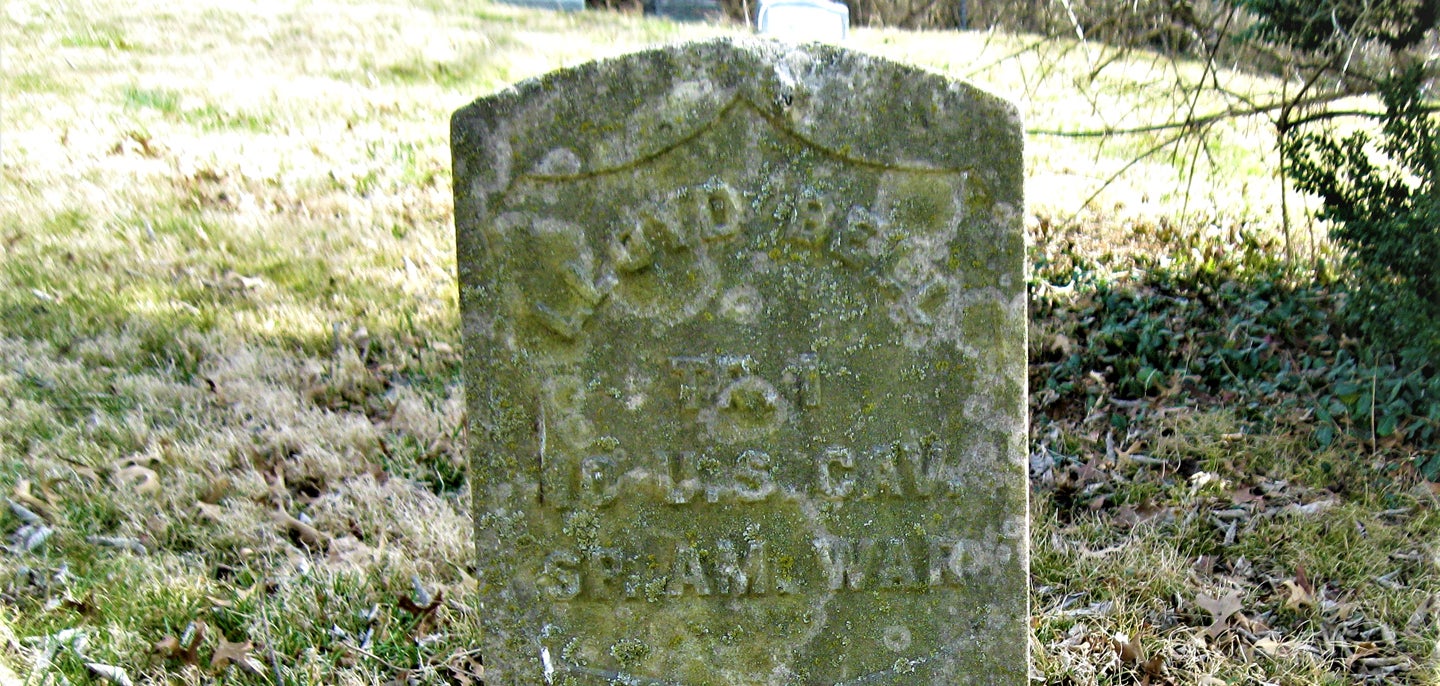Local photographer Emmanuel Fields has been fascinated with photography since a young child. That fascination only grew as he got older.
Emmanuel graduated from Frankfort High School in 2004 and in his early 20s, he moved to the Bay Area of California.

“I was heavily into the arts there, and the national parks,” Emmanuel said. “I spent a lot of time with the giant sequoia trees. I almost stayed longer and went to an art school in San Francisco.”
But after a while, he decided to return home to Kentucky, and he moved to Louisville, where he lived for about 12 years before returning to Frankfort.
Emmanuel works as a land stewardship for a small nonprofit that specializes in land conservation.
“I travel across the central Kentucky region and I get to visit some of the most spectacular properties, and of course, my camera comes with me,” he said.
Read more about Emmanuel and his love for photography in the Q&A below:
FRANK.: How did you get started in photography? Where did the interest begin?
Emmanuel: Growing up, my dad used to document our family trips and birthdays with an old VHS camera. I remember being fascinated with cameras and their weird mechanisms when I was a very little dude. At some point, right after high school, I remember seeing a DSLR my dad had laying around the house and I grabbed it to take photos of a camping trip I was headed on over that weekend.
That’s how it started out — just documenting the places I would visit and the friends I was with for the memories. One day, by chance, I took a photo that was actually decent and my interest sparked immediately. I had an internal epiphany about the power of photos, and their ability to make a single moment in time last forever. After that, I decided to really learn how to use a camera.
FRANK.: What kind of camera do you use and why do you like black and white film?
Emmanuel: I was given an old Canon AE1 one day, and it sat around collecting dust for a while. One day, while going through some old boxes, I found an unused expired roll of film. I decided to try it out in the camera. I had no clue how to even load the film. While doing research into how to work the camera, my mind was blown with the discovery of all sorts of photography mediums and methods I had never heard of.

I was immediately drawn into analog photography. Now, I mainly shoot in 120 medium format on a Mamiya RB67. Learning to shoot with analog cameras really changed how I take photos. You’re limited on the amount of pictures you can take, so my shots are more planned. It also helps me to understand exposure and lighting so much better. No batteries, or digital beeps and screens, just the crank of the shutter and the wind of the film. Letting light paint the images for you — it’s truly where science and magic meet.
I love the look and feel of black and white film. It’s timeless and has a definite vibe. Color can be distracting in photos for me. I do love to take color photos, however, black and white gives me a whole different feeling.
FRANK.: What do you like about developing film?

Emmanuel: Photographic darkrooms have always held an air of curiosity and wonder for me. They seemed to be so mysterious — now I understand. I love the chemistry side of the process. It gives you full control of the images you take. Trying out different developers, and seeing what works best for a variety of different film stocks is a lot of fun. Tuning in acutance or shadow detail, or highlights, softening out the film grain or making it even stronger. I love the classic developers D76 or Rodinal. Lately, I’ve been testing out making my own.
FRANK.: Describe your style. What kind of photos do you like to take?
Emmanuel: I love the natural world that surrounds us. Here in Kentucky, we are blessed with some absolute beautiful places. I often go hiking and exploring and my cameras come with me. So, I’m definitely a landscape photographer.
FRANK.: What is your favorite photograph?
Emmanuel: Last year I was able to travel for several weeks in Alaska. One stop, I went to Kenai Fjords National Park and hiked up to Exit Glacier. Along the hike up, there are signs indicating the reach of the glacier in certain years. It has receded so much. It was heartbreaking to say the least.
While at the top of the mountain, I took a photo of the remaining glacier. That one is special to me because I feel like by the time I get back that way, it unfortunately will have melted away.
FRANK.: What photo projects have you worked on?
Emmanuel: I have only worked on a few official photo projects. My first project started while working on my thesis, documenting the lives and lived experiences of Kentucky’s Black farmers. I have also worked on another photo project documenting the beauty of rural Kentucky.
FRANK.: Why was the Black farmers project important to you?
Emmanuel: That project was incredibly important to me for several reasons. Not only was I capturing photos and videos of Black farmers around the state, but I was also documenting their lives and experiences. I traveled throughout the state and met a lot of amazing people who kindly welcomed me into their homes and onto their land, and shared with me their individual stories and it was an absolute beautiful experience. The project started out as my thesis for graduate school, and it is something that I continue to do.

FRANK.: What kind of lasting impact do you hope your photos leave on those who view them?
Emmanuel: There are a lot of reasons to take a photo of something — well anything. My reason, a lot of the time, just happens to be pure admiration for the subject. Whether that be to raise awareness toward injustices or to help us remember the natural beauty of the environment that surrounds us all, and to help aid in its protection.
I hope the viewers of my photos may be able to feel that in some way. Each photo for me has its own story, and I hope I am able to pass that admiration onward.












